Sustainability is a must-have trend in the beverage industry right now. When you emit a small amount of rubbish but a lot of the rubbish combined are making a difference.
Plastic straws are extremely popular in the restaurant and dining industry. By eliminating plastic straws, which are manufactured from fossil fuels will bring about a major change in the amount of plastic waste being emitted into the environment today. They contribute to the 8 million tons of plastic waste that pollute our seas every year. For example, figures show that the US alone uses more than 180 billion straws per year. It is easy to realize straws, pieces of straws everywhere on the coast that can harm marine species or humans disproportionately for their small size.
These 10 of alternatives will make using straws stay better.
Grass straws
Grass straws made of straws out of sedge grass, which grows wild along the Mekong Delta, are also compostable, free of chemicals and preservatives, and are affordable. To make both the fresh straws and the dried straws, the grass is harvested, washed, and cut into straw-sized tubes. Then, an iron rod is used to clean the inner part of the straws, washing then. Reach for a grass straw the next time you plan to have a drink.
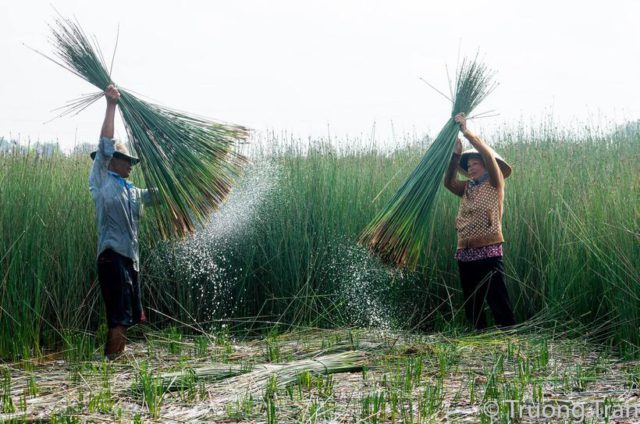
Bamboo
Bamboo is a fast-growing and durable tree species in countries where forests are not cleared for cultivation in Asia. It is made into straws that look great, perfect for drinks. You can also wash the bamboo straws in your dishwasher after each use. They usually come with brushes to clean. Once they are out of date, they will decompose in a few months.
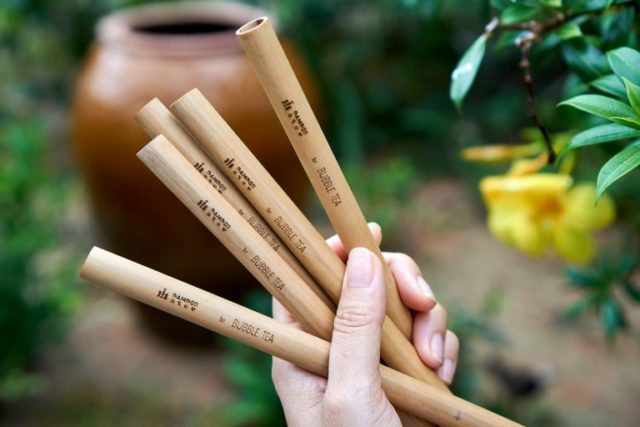
Papaya leaves
The stems of papaya leaves create an amazing natural straw. You can use for fresh coconut, juice, and tropical cocktails. If you live where they grow, that’s not a bad choice. Cut a papaya leaf from the tree, cut the stem of the leaf, then wash the areas where the stem was cut to avoid the taste of the sap.

Glass straws
Compared to bamboo, glass has the advantage that we can easily know if the straw is clean after it leaves the dishwasher. Currently, glass straws are made of various types with lengths, diameters, and colors, bent and non-bended, dishwasher-friendly glass straws that are great for your choices. If you’re looking to buy glass straws, look for ones made of borosilicate glass, similar to Pyrex.
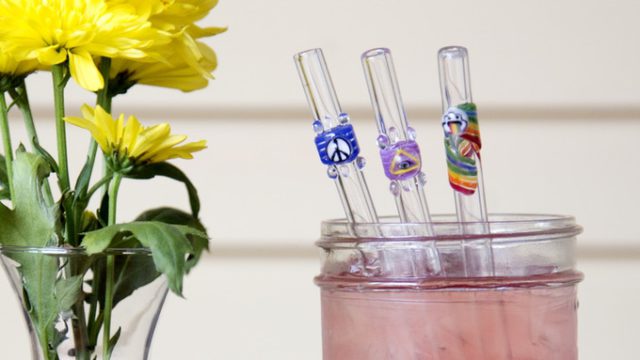
Paper
Paper straws are easily biodegradable and are made from renewable resources. Unlike materials such as glass or steel, they are only durable enough in cold drinks for up to three hours, after which they will be bent. The color of this straw is very diverse with 200 odd colors. Manufacturing companies often offer discounts if you buy in large bulk to businesses.
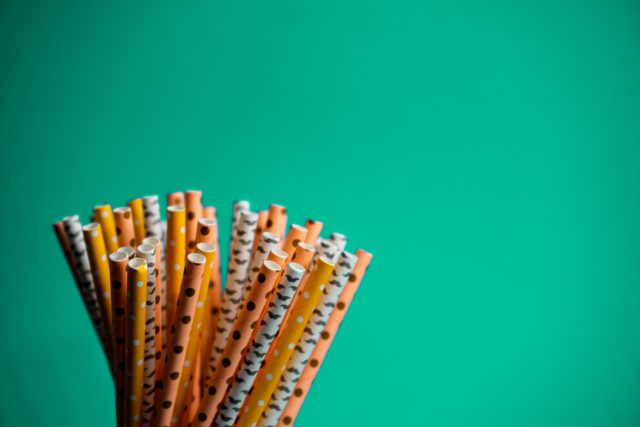
Stainless Steel
Stainless steel straws are also a smart choice for you. They keep the drink delicious longer, unlike paper straw. Titanium and silver straws are also available for those who want to use luxury materials for their luxury drinks.
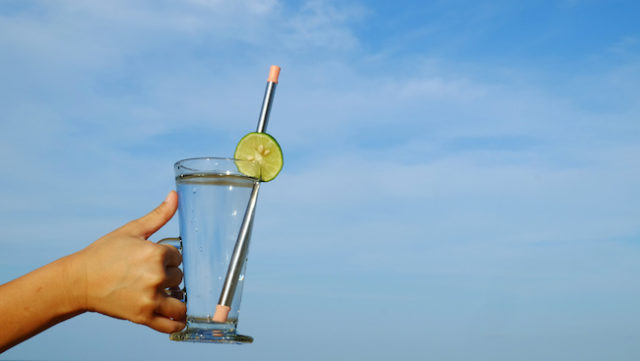
Biodegradable plastics
You may notice that some of the commercially available straws are made of “biodegradable plastics” and, they are made from PLA (polylactic acid), chitosan or another non-fossil resin substitute. That sounds great. Unfortunately, most bioplastics will only biodegrade quickly under certain conditions such as very hot temperatures and most cannot be recycled. That means they’ll be swept into the ocean by interfering with marine species for years, just like standard plastic.
Edible Straws
A series of recently released straws promises to bring a lot of attention. That straws are flavorful, edible and obviously biodegradable like banana peels. The odorless type is used similarly to a classic plastic straw, and there are many types in a variety of flavors to pair with drinks. This can be a great opportunity to expand this type of straw by the benefits it brings.
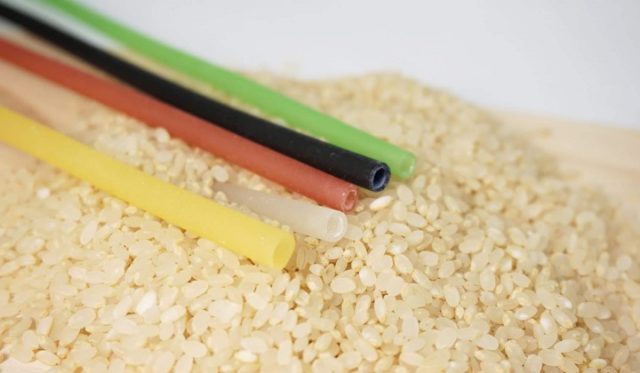
Silicon straws
If your child likes colorful straws and tends to chew them, silicon straws are the right choice. You can easily buy a variety of flashy colors on Amazon. Although difficult to recycle, silicone produces about nine times less the amount of greenhouse gas than comparable plastics, thus making it a more sustainable choice for our planet.
No straws
No matter what type of straw you use, hopefully not much. You may end up spending more if you switch to a sustainable straw, but it will have a positive impact on the environment. So, to save or thinking of protecting the environment, ask for drinks without a straw. If you’re a beverage trader, if your guests really want a straw, just give them if they ask – you might be surprised at how many people really care.
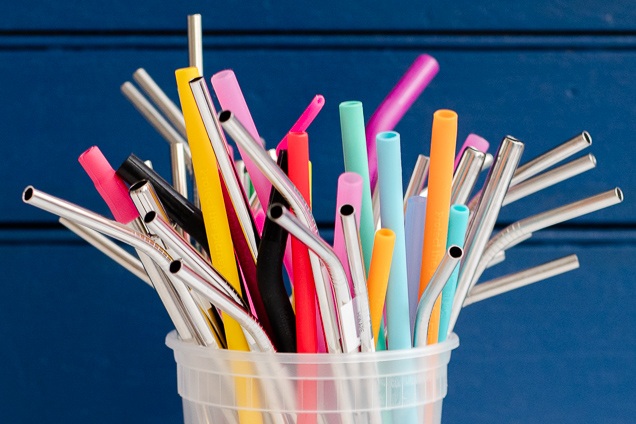
Currently, there are many eco-friendly alternative straws with a variety of materials and designs that replace plastic straws. So, do not hesitate to choose and change to protect our own living environment.
